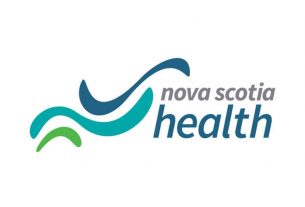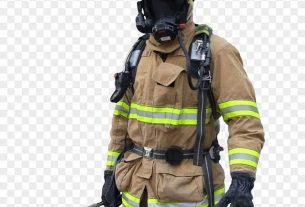**** HRM Media Release
Oakfield Beach due to possible blue-green algae
August 18, 2022 (Halifax, NS) – The Halifax Regional Municipality is advising residents that due to the presence of a possible blue-green algae benthic mat, a risk advisory is in effect for Oakfield Beach in Halifax. Residents are encouraged to avoid swimming in the lake until further notice.
Blue-green algae (cyanobacteria) is naturally occurring in freshwater environments and may become visible when weather conditions are calm. These organisms can multiply rapidly during the summer, leading to extensive growth on the lake bottom called a benthic mat. Some types of blue-green algae produce toxins during mat growth and when these mats decay, the toxins may be released into the water, posing a risk to people and pets. Toxins found in benthic mats can be far more concentrated than those found in blooms. The mat material itself may also be toxic if consumed, and can be a particular risk for dogs.
Lake users are encouraged to take the following precautions:
· Avoid all contact with the mat material and surrounding
water. If contact occurs, wash with tap water as soon as possible, and seek medical care.
· Do not swim or wade (or allow your pets to swim or wade) in any areas where blue-green algae is visible or in areas where a risk advisory has been issued.
· Avoid consuming water from this lake, and avoid consuming the mat material.
· Avoid consuming fish that has come from this lake.
· Keep pets on a leash and away from the water in areas where a potential benthic mat has been identified.
People who come in contact with blue-green algae, who ingest the benthic mat itself or water containing blue-green algae may experience skin irritation, rash, sore throat, sore red eyes, swollen lips, fever, nausea and vomiting and/or diarrhea. Children and immune-compromised individuals are at a higher risk. If you have these symptoms, you are advised to seek medical assistance.
Risk advisories are issued based on a number of factors, including the visual observation of benthic mat, test results and information regarding the current life-cycle phase of benthic mat. As benthic mats die and decay, toxins are released. Unsafe toxin levels can remain in the water even after the mat is gone.
When an benthic mat is observed, a risk advisory is issued and initial testing is done to determine whether the benthic mat is toxin producing. If the benthic mat is not toxin producing, the risk advisory will be lifted and no further testing is required.
If the benthic mat is toxin producing, further testing will be carried out and the risk advisory will remain in effect until blooms have disappeared and post-bloom test results indicate water is within safe limits.
To learn more about benthic mats, visit www.halifax.ca/cyano.




